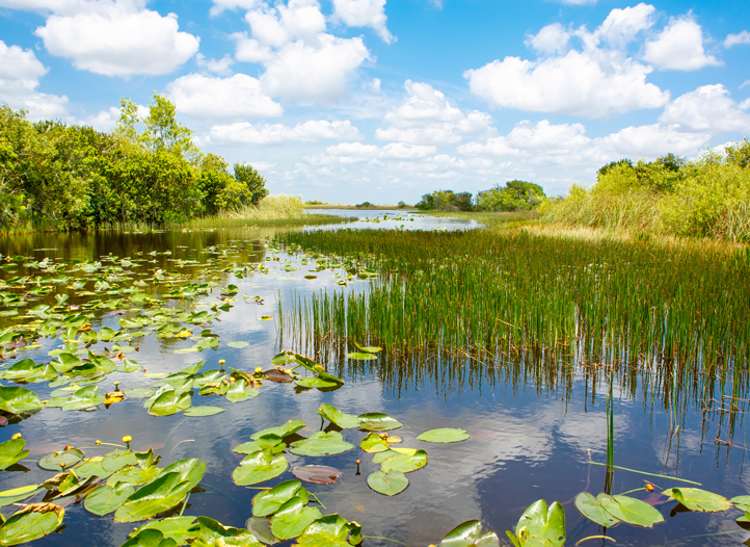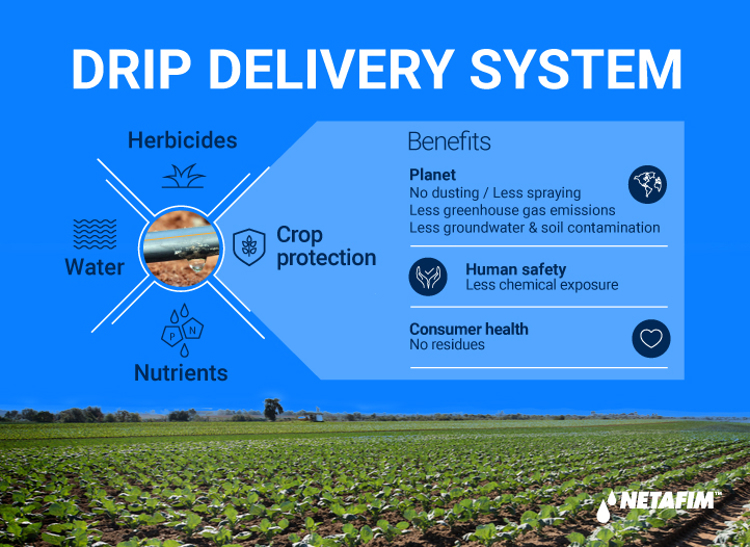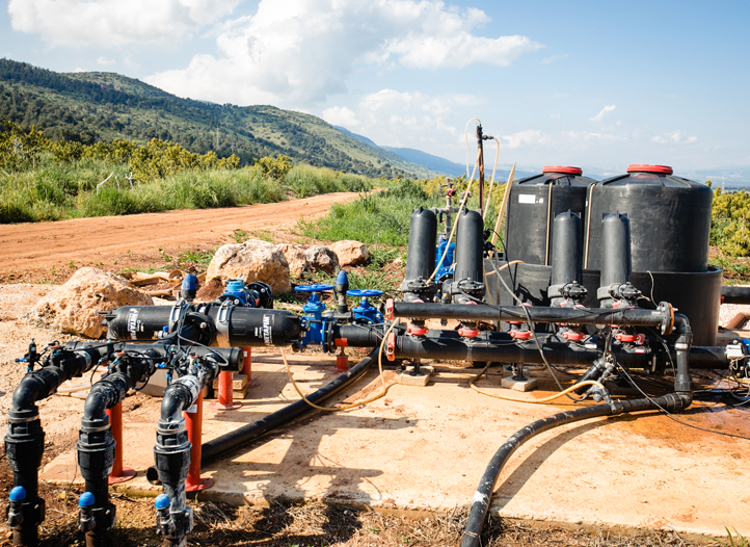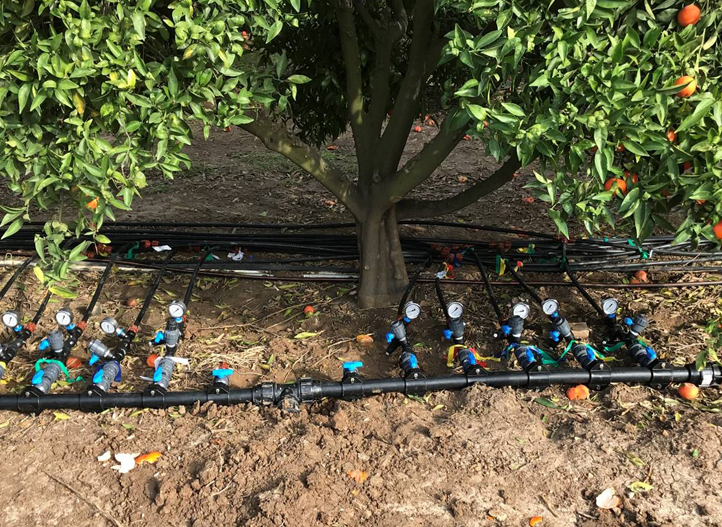Consumers, farmers, environment - an impossible triangle?
Here’s what happens when interests collide: The Everglades, 1.5 million acres of wetland in the south of Florida is a mosaic of habitats, a home to diverse species of wildlife and plant life. This rich ecosystem has been under threat since the 1800s. Ever-increasing population growth along with industry and agriculture in the south of Florida has resulted in large metropolitan areas and the consequential rising pressure on the surrounding natural environment. The need for better water management and flood control lead to the construction of canals and levees and the subsequent draining and development of the land. With advances in modern agriculture, the use of synthetic fertilizers has become more prevalent. Runoff from fields into these ditches and canals led to phosphorus enrichment of the soil to such a degree that the ecosystem was compromised drastically, resulting in the loss of native trees and habitats. The “Everglades Forever Act”, passed by the State of Florida in 1992 recognized that the “Everglades ecological system is endangered as a result of adverse changes in water quality, and in the quantity, distribution and timing of flows, and, therefore, must be restored and protected.” Twenty-five years later - the total federal investment in the restoration of the Everglades is estimated to have exceeded $5 billion.
The Everglades aftermath - what went wrong?
What happened in Florida symbolizes this age-old conflict of interests. Consumers expect to have food, available, all year round, of good quality and variety. Farmers are under growing pressure to produce more with less resources and deal with the ever changing climate. Then there's the environment, our planet with its ever-shrinking natural resources, suffering constant attacks from pollution and contamination.
Can this triangle of conflicting interests co-exist in harmony? Can we prevent future environmental damage caused by this imbalance?
The answer is yes, yes we can.

A delivery system for a balanced ecosystem
One thing is for sure – We need to feed humanity. So growing food needs to be the fundamental base of any solution we come up with. Another basic assumption is that in order to grow crops in such large and ever-growing quantities we need to use fertilizers and crop protection materials, and if those are not used in a measured and responsible manner, it will result in environmental damage and will be a health hazard for consumers.
Using precision irrigation solutions like drip irrigation to deliver fertilizers and crop protection in a targeted and localized manner is one of the major changes we can make in order to reduce the chances of unintentional collateral damage. We can transform this fragile consumer-farmer-environment triangle into a more balanced trio. And here’s how: A precision irrigation system is known to be used for providing water, but it also delivers other substances to enable fast and effective crop treatment, while significantly simplifying the farm’s operation and lowering operational costs. If we further break it down, the benefits become crystal clear.

The miracle of fertigation
The practice of delivering fertilizers through the drip system has been around for decades. Farmers that use drip irrigation know the huge benefits of applying nutrients precisely to the plant root zone in small doses. This brings huge agronomic benefits since plants get consistent spoon feeding and develop in an optimal way, resulting in higher yield while using less fertilizers. The operational benefit is also clear since the alternative is applying fertilizers by driving through the field or orchard applying solid fertilizers, which takes a lot of time and money.
On the environmental side fertigation is a true miracle maker since the application is restricted to the effective root zone area with no run off or leaching that eventually ends up in our aquifers or rivers, lakes and oceans. A huge win-win-win. Humanity gets the food it needs produced efficiently, farmers save resources and achieve better yields, and the negative environmental impact is reduced. This is truly a no brainer.
If you take a step forward and look at the bigger picture - when fertilizers are delivered in small increments through the drip system directly to the plant roots, nitrogen-use efficiency increases, leaving less nitrogen to be transformed into N2O. Studies in California and on the Hawaii Islands compared plots that used subsurface drip lines for fertilization, with plots that received fertilizers in other forms. The research showed elevated gas emissions and for longer periods in the broadcast surface fertilization and concluded that more precise placement of fertilizers increased fertilizer-use efficiency, and therefore reduced the GHG emission.

The news - Crop protection can also be delivered
Crops require more than just water and nutrients. In modern agriculture, crops are given regular doses of crop protection products. The conventional way of applying crop protection products involves spraying from a plane or a tractor. When you spray, you have no control over the drifting of spray materials to areas adjacent to the agricultural areas being treated. You also risk runoff or leaching of dangerous chemicals into the groundwater. When chemicals find their ways to non-targeted plants, groundwater and nearby animals, the delicate ecosystem is compromised.
In recent years crop protection companies have developed unique products that can be applied through drip systems in a way that provides plants the protection they need while eliminating drifting and reducing application rates. Be it to control ground-borne pests and diseases that need to be controlled, or in other cases, application of systemic protective substances that allow plants to fight back against foliar or fruit attacking pests.
Using drip to deliver crop protection products and herbicides offers many other benefits:
- Lower operational costs and less complexity for the farmer.
- Real time reaction when identifying a crop disease - treatment through the drip delivery system can be applied immediately, whilst tractors and airplanes would take several days.
- Easier accessibility to every infield plant at any time and at any crop development stage.
- Safer for the farmer due to less chemical exposure.
- Better for the consumer’s health as there’s no residue left on the plants.
- When working in highly populated areas the risk of wind-drift of substances towards habitants is eliminated.
Some countries have already realized the hazardous impacts of the existing application of plant protection products. In 2016 Italy’s Ministry of Health placed a number of restrictions on the use of Glyphosate, one of the world’s most ubiquitous herbicides, in areas frequented by the public or by "vulnerable groups" including children and the elderly. In 2014, France’s senate approved a proposed law that would enable local authorities to force winemakers - and farmers in general - to refrain from spraying pesticides next to “vulnerable people” and to set a minimum distance between pesticide spraying and public building.

Delivering crop protection via drip – still so much to discover
Using drip to deliver crop protection products involves some challenges. One challenge is legislation as materials have to be labeled for use through drip. It also requires expertise. If done incorrectly, using chemicals (by any method) can be ineffective, or even worse, can be harmful. Understanding the hydraulics of the system and the chemical characters of both the local soil and the substance are critical factors for success.
To master the use of drip to deliver crop protection products we’ve been testing it with different substances on different crops for the past 15 years. In 2016 we started collaborating with the giant crop protection producer Bayer and launched together the Drip by Drip project, where we achieved excellent results in the control of nematodes and other pests in various crops. Other field tests we took part in since 2008 with the Corn Late Wilt Disease materialized in 2018 when the research managed to prove effective treatment through the drip system, with a 41% increase in healthy plants, 160% of corn yield recovery and 33% increase in class A cobs.
A win-win-win - happy consumers, productive farmers, protected environment
The needs we have will not change. People will eat, farmers will farm and nature…well it is there for us to enjoy and above all of that, it is there to balance our climate, and provide the air we breathe and the water we drink. Nature is there for us and for all living things on this planet.
A balanced relationship between mankind and nature can be achieved using technology and innovative tools. The drip delivery system is a transformational key to this symbiotic relationship; it is a smart solution that helps farmers to control the delivery of water, fertilizers and crop protection. By doing this, not only can they produce more food with less resources but they will also be able to do it in a way that protects the environment and our planet.
